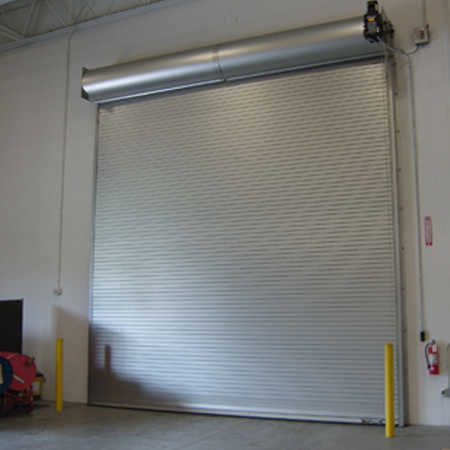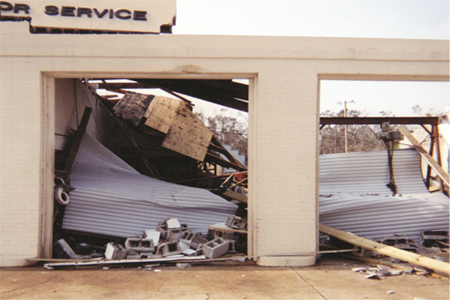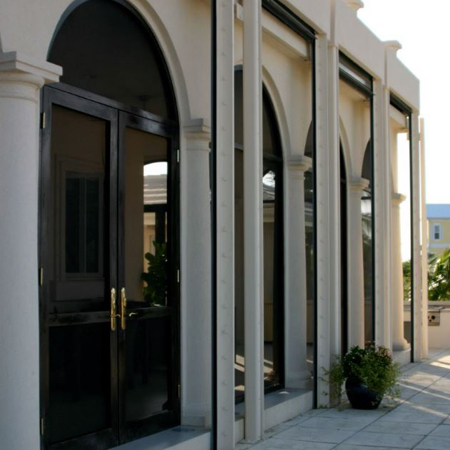Hurricane Proof Doors
When choosing a hurricane proof doors, wind load doors, commercial service doors for a building, Cookson’s Steel Roll Up Doors and Hurricane Rated Doors are the top choice for architects and building managers worldwide.
Need hurricane proof doors? When it comes to providing hurricane protection, Cookson’s roll up doors are the perfect solution.
Hurricane Proof Doors
Hurricane proof doors are specifically engineered to provide security from
When a hurricane or any high wind event occurs, doors, windows
Understanding Hurricane Protection
To understand how providing hurricane protection with our rolling doors can help, you must first understand how coiling doors loads exerted on the building structure function. When wind forces hit a building, all loads are transferred to the door guides and wall angle. There are two load forces exerting on the
Request Information on Hurricane Proof Doors
When proper hurricane proof doors are not installed, the consequences of garage door failure due to extreme wind pressure can cause many issues. Once an opening such as the rolling metal door fails, the door opening breach can cause massive damage to interior goods along with the risk of injury to any people that could be caught inside. Even after a storm or wind event passes, the lack of functioning commercial


Many hurricane garage doors specify maximum wind speed but that is not the correct solution. Hurricane doors should express
- Mean Roof Height
- Roof Slope
- Surrounding Topography
- Exposure Category
- Directionality Factor
- Door Area
- Zone
- Positive or Negative Pressure
- Internal Building Pressure
Building damage caused by substandard doors during Hurricane Ivan on a competitor's door:

Our Hurricane Garage Doors that were just installed prior to Hurricane Ivan landing:

There is no one hurricane rated door for every solution. Local code requirements and opening location variables must be consulted to help determine the correct door. Providing only
A normal overhead garage door is not sufficient enough to withstand hurricane winds. In addition to transferring








